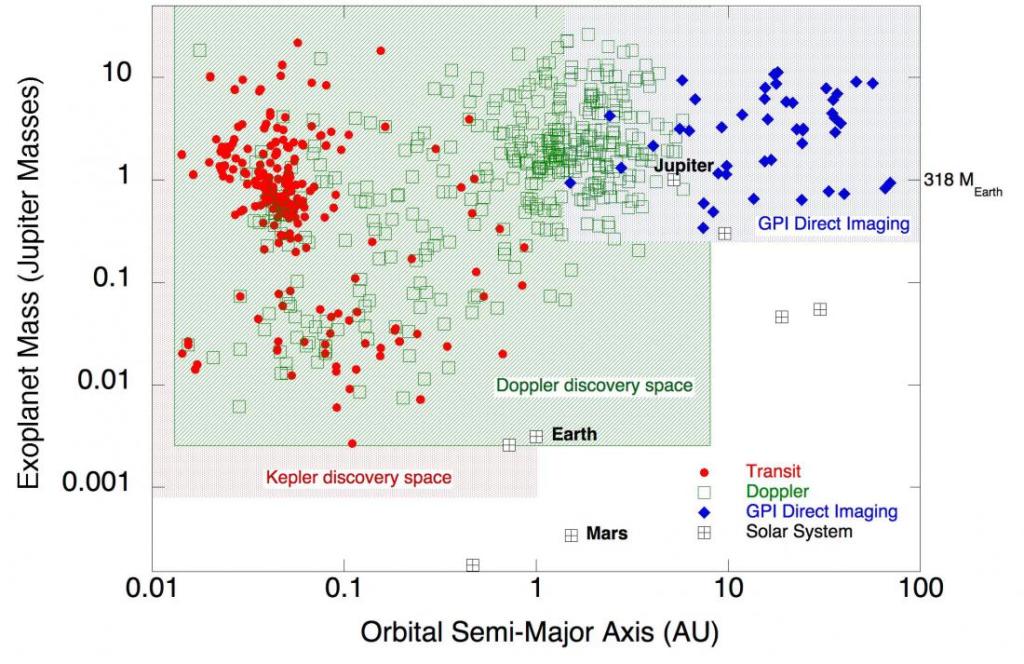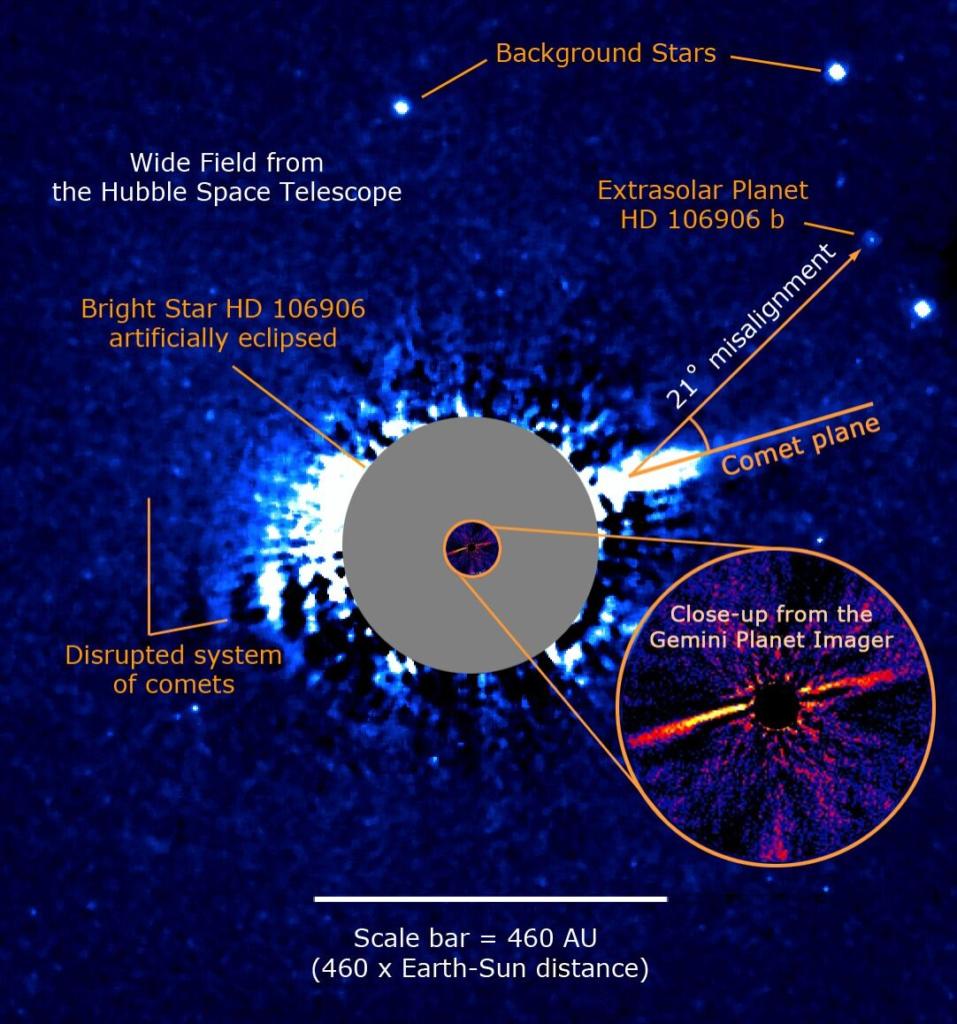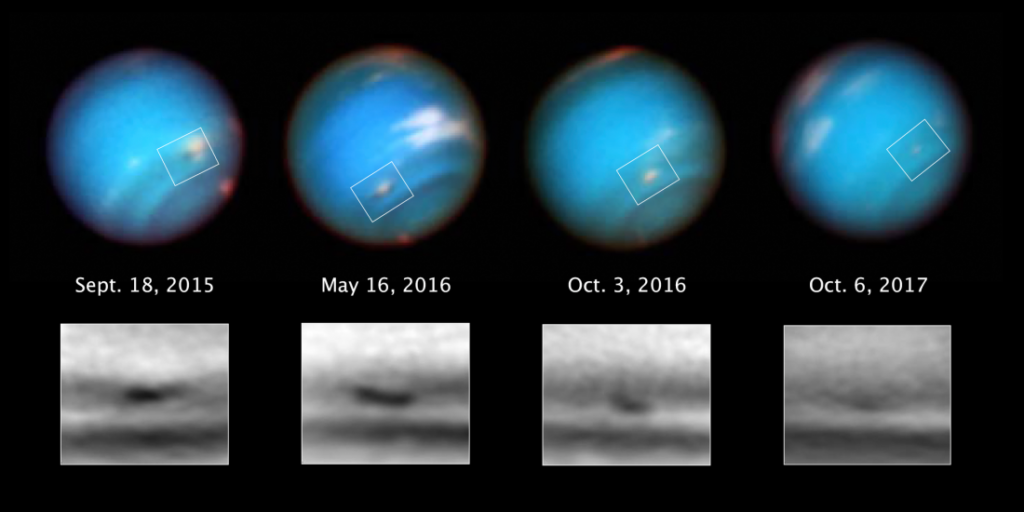Telescope Observations
James Graham
https://astro.berkeley.edu/people/james-graham/
Adaptive optics, Infrared instrumentation, Large telescopes.
Berkeley Nexus for Exoplanet System Science
NExSS is a cross-divisional initiative from NASA to create a research coordination network (RCN) with an emphasis on studying extrasolar planets and the potential for habitability. An RCN is a virtual structure to support groups of investigators to communication and coordinate research and educational activity. At Berkeley our contributions are the observations of extrasolar planets via direct imaging, the transit technique, and Doppler spectroscopy, plus the theoretical study of planet formation and subsequent evolution
Gemini Planet Imager
The Gemini Planet Imager (GPI) is a new science instrument that exploits the latest generation of adaptive optics technology, coronagraphy and detectors. We have successfully commissioned GPI at the Gemini South telescope in Chile and in 2014 we started a three year science program called GPIES (GPI Exoplanet Survey) that will survey 600 stars for the presence of young giant planets.

Paul Kalas
https://astro.berkeley.edu/people/paul-kalas-1/
Circumstellar matter around main sequence and pre-main sequence stars, Exosolar planets, High contrast imaging with adaptive optics and the Hubble Space Telescope, Mid-infrared and sub-millimeter imaging., Optical and near-infrared coronagraphy, Stellar and planetary dynamics, Trans-Neptunian objects.
Dr. Kalas images planetary systems around other stars using the Hubble Space Telescope, Keck Observatory, and other major astronomical observatories. His research led to the discovery of Fomalhaut b, the first extrasolar planet seen in optical light orbiting another star. Other accomplishments include the discoveries of dusty asteroid and comet belts surrounding a half dozen nearby stars. He is a science team member on several major projects, such as the Gemini Planet Imager, which is the next pioneering step in imaging planetary systems.

Imke de Pater
https://astro.berkeley.edu/people/imke-de-pater/
Adaptive optics and Radio Observations of the giant planets, Astronomy, Planetary Science, Their rings and satellites..
Professor de Pater’s research interests include: infrared observations using adaptive optics on the Keck, Gemini and VLT telescopes of e.g., the giant planets, their ring systems, and the satellites Titan and Io. She also continues to observe the giant planets at radio wavelengths using the (recently upgraded) Very Large Array, ALMA, and LOFAR.
OPAL
OPAL is the Outer Planet Atmospheres Legacy program. For the remainer of Hubble’s lifetime, OPAL will continue mapping Jupiter, Saturn, Uranus, and Neptune every year to study their dynamics, weather, and climate.

Discovery and evolution of a new dark vortex on Neptune (Wong et al. 2018).
Courtney Dressing
https://astro.berkeley.edu/people/courtney-dressing
Searching for small, potentially habitable exoplanets orbiting nearby stars. Characterizing planet host stars to improve stellar and planetary parameters. Investigating the dependence of planet occurrence on stellar and planetary properties. Constraining the frequency of planetary systems orbiting low-mass stars. Testing models of planet formation by exploring the compositional diversity of small planets.
